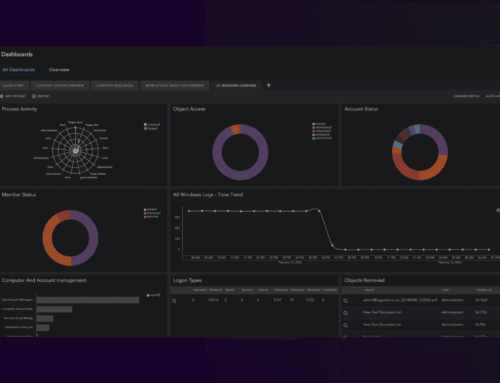HIPAA (Health Insurance Portability and Accountability Act) was passed in the USA in 1996. The objective of the law was to create an approach to reduce the concerns about health insurance coverage, provide good access to health insurance, increase health industry efficiency, and protect health information data in electronic form.
The Act makes it mandatory that the involved stakeholders such as healthcare providers, clearinghouses, various healthcare plans, departments of healthcare, and other agencies should assure the patients that their data is secure along all dimensions of security.

HIPAA and information
HIPAA contains several provisions that aim to ensure the confidentiality of personal health information, such as requiring healthcare providers, insurers, and other entities to adopt strict measures to safeguard patients' medical records and other sensitive information. HIPAA also gives individuals certain rights concerning their health information, including the right to access their medical records and to request corrections from them.
HIPAA also established standards for electronic transactions involving health information and requires covered entities to implement administrative, physical, and technical safeguards to protect against unauthorized access, use, and disclosure of health information.
Overall, HIPAA plays an important role in protecting individuals' health information privacy and security, while also facilitating the flow of information necessary for providing high-quality healthcare.
HIPAA and Cybersecurity
HIPAA relates to cybersecurity in several ways, as it requires covered entities to implement various administrative, physical, and technical safeguards to protect the confidentiality, integrity, and availability of electronically protected health information (ePHI). These safeguards aim to prevent unauthorized access, use, or disclosure of ePHI and mitigate the risks of cybersecurity incidents, such as data breaches or ransomware attacks.
Some of the technical safeguards required by HIPAA include access controls, such as unique user IDs, passwords, and other authentication mechanisms to limit access to ePHI only to authorized individuals. HIPAA also requires covered entities to encrypt and decrypt ePHI when it is transmitted or stored, and to implement backup and disaster recovery plans to ensure the availability and integrity of ePHI in case of emergencies or system failures.
Moreover, HIPAA requires covered entities to conduct regular risk assessments to identify potential cybersecurity risks and vulnerabilities and to implement measures to address them. Covered entities must also train their workforce on the security policies and procedures in place to protect ePHI and report any security incidents or breaches promptly.
Overall, HIPAA's requirements help ensure that covered entities implement appropriate cybersecurity measures to safeguard ePHI and protect the privacy and security of individuals' health information.
File Integrity Monitoring
Achieving HIPAA compliance is a complex process but maintaining it can often be even more cumbersome. Logpoint’s native FIM calculates the hash value of files, before and after changes could have been made so you will always be in control of your sensitive assets and get alerted whenever a new directory or file is created, deleted, renamed, or altered in its content. Additionally, FIM also monitors any creation or deletion of files and directories.
Detecting Access to Systems
With Logpoint, you can easily detect users and systems accessing other systems along with other important contextual information such as the actions performed, the final status, or other entities used like IP addresses. Monitoring access control helps to verify users viewing systems and resources. Logpoint can detect activities such as failed and successful logins, various login attempts, and users locked or unlocked.
Authentication and Transmission Control
Simply put, authentication controls ensure that users are who they claim to be. This can include password-based authentication, public-private authentication, or two-factor authentication.
Transmission controls ensure that data transfers made outside of the organization are executed by authorized users. This requires the use of email with a private key, HTTPS file transfer, or use of a VPN. To make audits of transmission controls easier, Logpoint can detect activities such as email, HTTPS, and VPN communications. Logpoint by design also enforces authentication and transmission control for data security by maintaining a proper authentication mechanism for user identity, maintained locally inside Logpoint or a remote authentication server such as LDAP and Radius.
Similarly, for transmission controls, Logpoint uses secure communication channels for interaction between an external object and a Logpoint instance or between multiple Logpoint instances. A user accessing data inside Logpoint uses the HTTPS channel, while the communication between two Logpoint instances is protected inside a VPN tunnel.
Last but not least, Logpoint provides out-of-the-box support for data analytics components such as dashboards, alerts, and reports, for a wide range of log data sources. Users can also use the power of the Logpoint taxonomy to build these contents from scratch.







